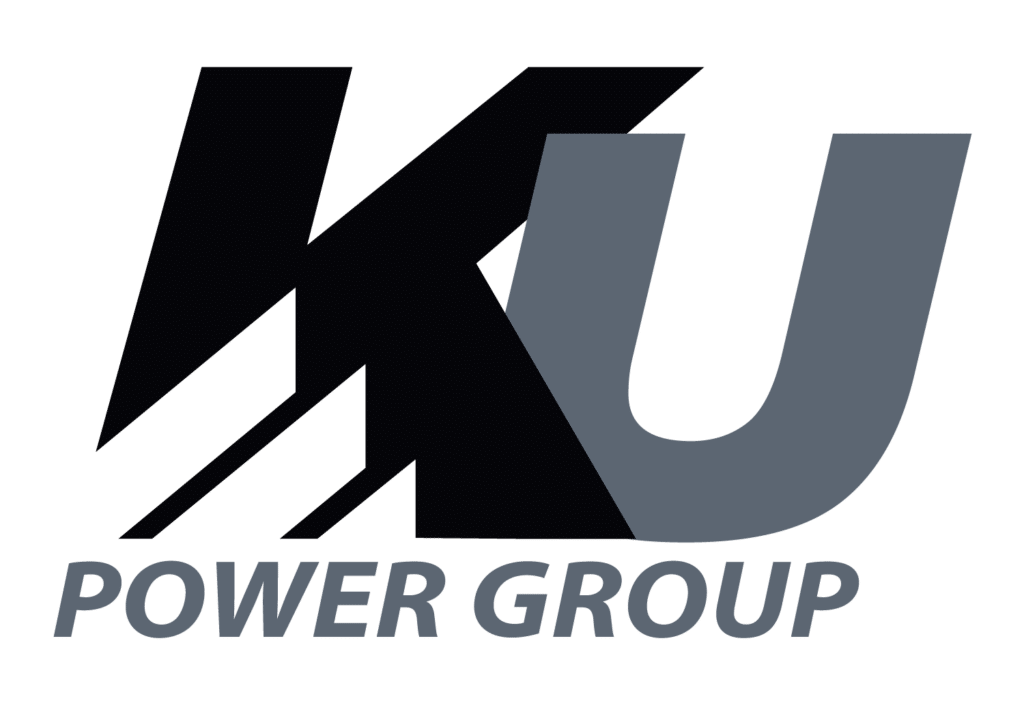In an era where technology is constantly evolving, understanding the intricacies of control systems is crucial for any business, particularly in the electrical and automation sectors. Ottawa-based KU Power Group stands at the forefront of this innovation, offering state-of-the-art solutions in control systems. This blog aims to delve into the world of control systems, exploring their applications, advantages, and the pivotal decision between retrofitting or upgrading.
What is a Control System?
At its core, a control system is a device or set of devices designed to manage, command, direct, or regulate the behaviour of other devices or systems. It is the backbone of many industrial applications, from regulating temperature in heating systems to maintaining pressure in power plants. The desired outcome is achieved by adjusting the input to produce the desired effect on the output. This function is essential in ensuring operations are efficient, safe, and reliable.
Advantages and Disadvantages of Control Systems
Advantages
Control systems, especially those that are automatic, bring significant advantages. They offer high precision and consistency in operations, reduce the risk of error, and increase safety by reducing the need for direct human intervention. Moreover, they can monitor and adjust processes in real-time, leading to improved performance and efficiency.
Disadvantages
However, these systems also come with challenges. They can be complex, requiring detailed design and frequent maintenance. Additionally, the initial cost and the need for skilled operators and engineers can be a deterrent for some businesses.
Features of Control Systems
Modern control systems are equipped with advanced features that include automatic monitoring and adjustment capabilities. They can operate in a range of conditions and respond to various parameters like temperature, pressure, and frequency. The detailed feedback these systems provide helps operators to maintain optimal performance.
Types of Control Systems: Open-loop vs Closed Loop
Open-loop Control Systems
In an open-loop system, the control action is not dependent on the output. For example, a timer-operated electric oven that shuts off after a set time, regardless of the actual temperature inside.
Closed-loop Control Systems
Contrastingly, closed-loop systems, also known as feedback systems, adjust their operation based on the output. A thermostat in a heating system is a classic case where the temperature is constantly monitored, and the heating is adjusted to maintain the desired level.
How to Know if it is Time for a Control Retrofit?
Identifying the need for a control system retrofit involves monitoring your current system’s performance. If you’re experiencing increased downtime reduced efficiency, or if your system is no longer compatible with new technologies, it might be time to consider a retrofit.
The Difference Between Retrofit and Upgrade
Understanding the distinction between retrofitting and upgrading control systems is crucial for businesses considering modernization. While both approaches aim to improve system performance, their methodologies and implications differ significantly.
Retrofitting: Adding to the Existing
Retrofitting involves integrating new features or technologies into an existing control system. This process is akin to updating a classic car with modern brakes or a new sound system. The essence and framework of the original system remain intact, but its functionality is enhanced with contemporary features.
In the context of industrial control systems, retrofitting could mean adding new sensors, implementing more sophisticated software, or introducing wireless communication capabilities to an older system. This approach is particularly advantageous when the existing system is fundamentally sound but needs certain enhancements to meet current standards or efficiency requirements.
Retrofits are often less disruptive than full system replacements. Since the existing infrastructure is largely preserved, the downtime associated with retrofitting is typically shorter. This factor is crucial in industrial settings where every minute of downtime can equate to significant financial losses.
Moreover, retrofitting can be more cost-effective. It allows businesses to extend the life of their current investments, avoiding the higher costs associated with purchasing and installing an entirely new system. This approach also tends to be more flexible, allowing companies to implement changes incrementally.
Upgrading: A Complete Overhaul
On the other hand, an upgrade usually entails replacing an old system with a new one. This process is more comprehensive and can be likened to replacing an old computer with a new one. An upgrade might be necessary when the existing system is obsolete, incompatible with new technologies, or unable to meet the evolving demands of the business.
Upgrading often involves a complete redesign of the control system, including new hardware, software, and sometimes even changes to physical infrastructure. While this requires a larger initial investment and longer implementation time compared to retrofitting, it provides the benefit of a state-of-the-art system equipped with the latest technology.
An upgrade can dramatically improve system performance and efficiency. With new systems designed to be more energy-efficient, reliable, and easier to use, the long-term benefits can outweigh the initial costs. Upgrading is also a future-forward decision, as it positions a business to easily incorporate emerging technologies and adapt to future changes in the industry.
Benefits of a Control System Retrofit
Reduce Cost with Controls Retrofit
Retrofitting an existing control system presents a financially savvy option for many businesses. By integrating new technologies into the current setup, companies can avoid the hefty expenses associated with acquiring a completely new system. This approach allows for the utilization of existing infrastructure, thus minimizing the need for extensive modifications. Retrofitting can also extend the life of current equipment, ensuring that investments are maximized. This cost-effectiveness is particularly beneficial for companies looking to modernize without committing to the high capital expenditure of new installations.
Reduce Unplanned Downtime
Updating control systems is pivotal in minimizing unplanned downtime, a critical factor in industrial and commercial operations. Downtime not only halts production but also incurs additional costs and can damage customer relationships. A retrofit can address these issues by incorporating more reliable and advanced components, leading to fewer system failures and breakdowns. Additionally, modern control systems often include diagnostic and predictive maintenance features, allowing for issues to be identified and resolved before they cause operational disruptions.
Improve Safety
Modern control systems are engineered with a focus on safety, incorporating multiple layers of protection for both the machinery and operators. These systems can include features like emergency stop functions, safety interlocks, and alarms to alert operators of potential hazards. By retrofitting, companies ensure their systems comply with current safety standards and regulations, thereby reducing the likelihood of workplace accidents and ensuring a safer working environment.
Improve Productivity
A control system retrofit can significantly enhance the productivity of machinery and processes. With the integration of more efficient and accurate control mechanisms, machines can operate at higher speeds with greater precision and less waste. These improvements lead to increased throughput and better quality of output, contributing to overall business profitability.
Future Proofing Systems
Retrofitting prepares control systems for future technological advancements. By incorporating components and software that are adaptable and compatible with emerging technologies, businesses can ensure that their systems remain relevant and functional over a longer period. This foresight protects investments and positions companies to take advantage of new technologies as they become available.
Increase Machine and Process Reliability
Upgraded control systems enhance the reliability of both machines and processes. Newer technology tends to be more robust and less prone to failure, meaning that processes are less likely to be interrupted by system breakdowns. This reliability is essential for maintaining consistent production levels and meeting customer demands efficiently.
Enhanced Collaboration
Modern control systems are designed to facilitate better communication and collaboration among team members. Features such as real-time data sharing and remote access capabilities allow for more coordinated and informed decision-making. This connectivity ensures that all team members, regardless of their physical location, can work together effectively, enhancing overall operational efficiency.
Increased Mobility
The integration of wireless technologies in control system retrofits has revolutionized the way operators and managers interact with their systems. This mobility allows for remote monitoring and control, meaning that adjustments can be made from anywhere, at any time. This flexibility is invaluable in today’s fast-paced business environment, where decisions and actions often need to be made swiftly to respond to changing conditions or opportunities.
In summary, retrofitting a control system offers a multitude of benefits, from cost savings and enhanced safety to improved productivity and future-proofing. By choosing to retrofit, businesses can not only maintain but significantly enhance their operations, positioning themselves for long-term success in an increasingly competitive and technologically advanced marketplace.
Tailor Your Wireless Controls for Optimal Efficiency and Control
KU Power Group specializes in customizing wireless control systems that cater to the specific needs of your operation, ensuring optimal efficiency and control.
Open Architecture with Concept Systems
Open architecture in control systems offers flexibility and scalability, allowing businesses to integrate various technologies and adapt to changing needs.
Custom Industrial Controls
KU Power Group excels in designing and implementing custom control solutions that meet the unique requirements of their clients. By analyzing the specific needs and challenges of each operation, they provide tailored solutions that drive efficiency and performance.
Conclusion
In conclusion, whether to retrofit or upgrade your control system depends on multiple factors, including cost, current system condition, and desired outcomes. Understanding these aspects will help you make an informed decision that aligns with your business objectives. KU Power Group is here to support you through this journey, offering expert advice and custom solutions to meet your specific needs.

